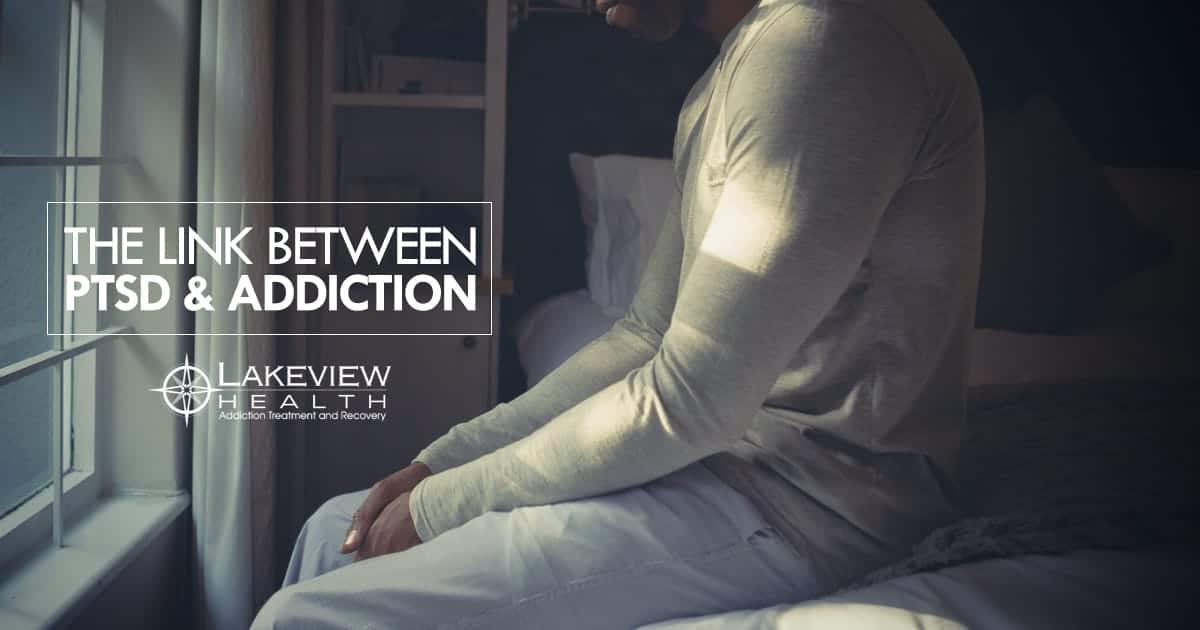

By: Michael Rass
Many studies have shown a link between exposure to traumatic experiences—especially those occurring in childhood—and substance use disorders (SUDs). For example, SUDs are highly comorbid with posttraumatic stress disorder (PTSD) and other mood-related conditions. PTSD is an anxiety disorder triggered by a traumatic event such as combat, violent crime, sexual assault, a car accident, or a natural disaster. Symptoms include flashbacks, emotional detachment, nightmares, severe anxiety, depression, and confusion. Trauma is not rare in America. “Traumatic life experience, such as physical and sexual abuse as well as neglect, occurs at alarmingly high rates and is considered a major public health problem in the United States,” wrote Lamya Khoury et al in a 2010 study. According to PTSD United, 70 percent of adults in the US have experienced some type of traumatic event at least once in their lives, and 20 percent of those adults suffer from PTSD. To raise awareness of the issue, June has been designated National PTSD Awareness Month and June 27 PTSD Awareness Day. Many traumatized people self-medicate with alcohol and drugs. “For many, if not most, people with addiction, trauma is perhaps the critical factor that causes the problem,” writes addiction expert Maia Szalavitz in Unbroken Brain. Because of the strong correlation, trauma-informed care is an important part of addiction treatment. Lakeview Health specializes in treating addiction and many co-occurring conditions like PTSD, anxiety, depression, and chronic pain simultaneously. All staff at Lakeview have been trained in trauma-informed care, and patients can also benefit from gender-responsive treatment. It is a misconception that PTSD is primarily a disorder afflicting men who experienced combat situations. “I see a lot of women with PTSD, and almost none of them have any kind of war trauma,” says Sarah Franklin, the clinical manager of the women’s rehab at The Rose of Lakeview. “At the moment, there are thirty-five female patients at The Rose, and nineteen of those women participate in the voluntary trauma group. And there are women who didn’t sign up for the group but have reported a history of trauma,” says Franklin. Many of them experienced sexual assault. The numbers are staggering: according to the National Sexual Violence Resource Center, one in five women in the United States will be raped at some point in her life. Physical and sexual trauma followed by PTSD and addiction in women can best be addressed in a gender-responsive environment. Many men with substance use disorder have been sexually abused, too. “I have seen many patients in the men’s rehab program who were sexually assaulted, most of them as children,” says Franklin. Due to the strong stigma, sexual violence against men is greatly underreported, and it is difficult for most men to open up about sexual trauma in therapy. It is not easy to talk about combat-induced PTSD, either. “Due to their perceived gender role, many men don’t process their trauma,” says Lakeview Health therapist Dino Liverano. Many self-medicate with drugs and alcohol instead. At Lakeview Health, patients of both genders learn healthy coping skills to deal with their trauma and addiction. “We teach a lot of grounding techniques and work with guided imagery and deep breathing,” explains Franklin. “When patients understand why they experience symptoms they feel less anxious and develop distress tolerance. We take them to a place where they are almost uncomfortable and then bring them back down to safety. That way they learn how to handle triggers and stress without using drugs or alcohol.” Another method to support PTSD treatment is eye movement desensitization and reprocessing (EMDR). Proponents of this modality assert that traumatic events like battlefield atrocities or sexual assault get stuck in short-term memory and are relived over and over, causing intense stress. “What the eye movements of EMDR do is help move traumatic memories stuck in short-term to long-term memory storage,” says Franklin.





